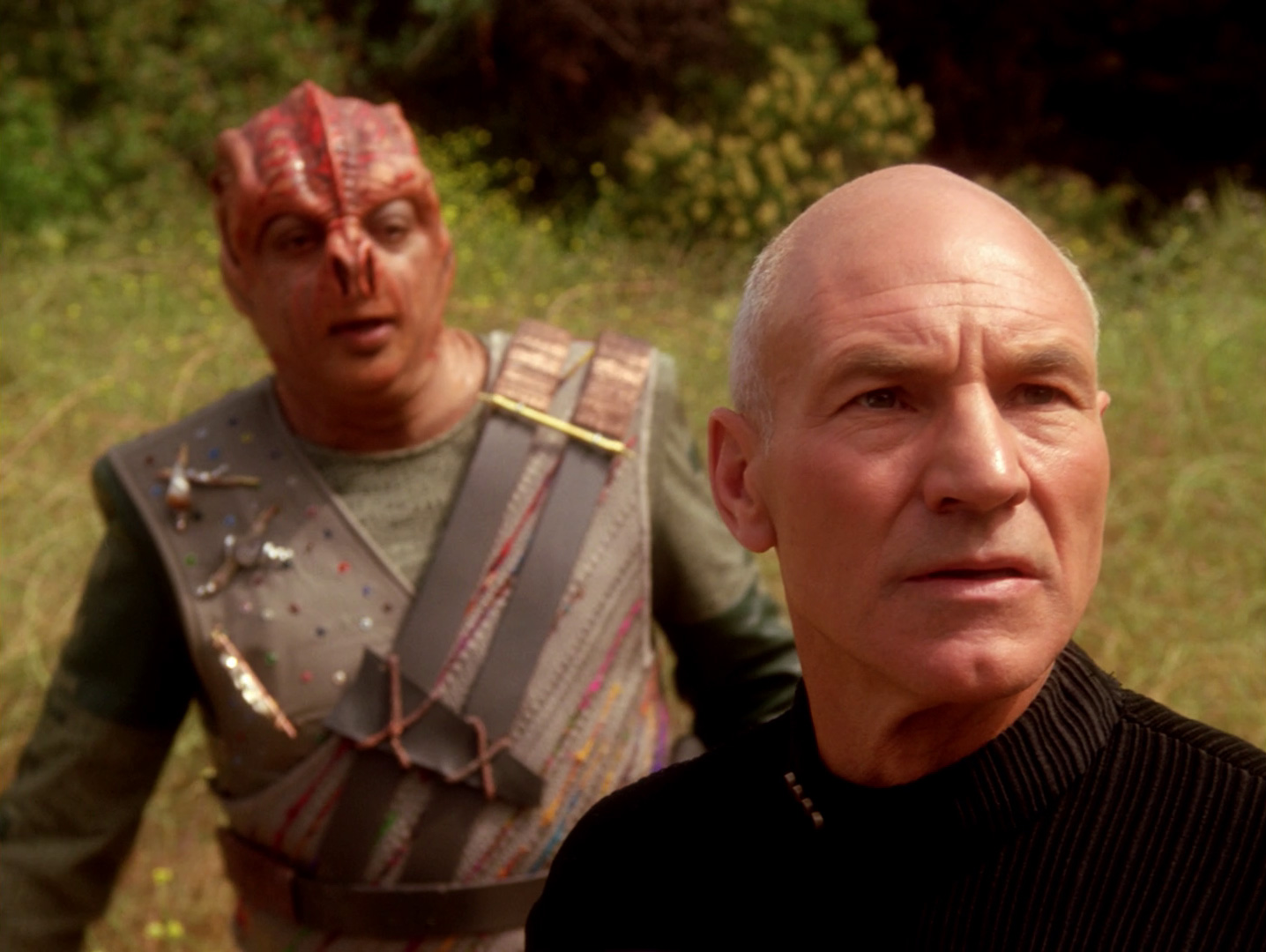As we learned in this module, memory is constructed and is built by the mind, they are not recorded or stored in an archival mind. Our memory is influenced by context, emotion, and our environment.
In the movie “Marjorie Prime,” we are introduced to a woman in her 80s who is being told stories about her past with her deceased husband by a holographic replica of him called Walter Prime. I would consider this movie to be cognitive integration because you have an outside source assisting the main character with her memories and helping her to remember them. Marjorie and Walter Prime feed off of each other’s memories. Walter Prime will tell her a story about her life before her husband passed and brings things back to her memory that she had forgotten, and she will also update his program by telling the holograph something she remembers that he did not know about.
There is a scene in the movie where Walter Prime is telling Marjorie a story about the time Marjorie and Walter (when he was alive) went to the pet store and bought a Black French Poodle, who eventually dies. Shortly after the poodle Toni with an I dies, Tessa Marjorie and Walter’s daughter are born. When Tessa was about three years old, her parents took her to pick out a dog, and she picked out the same black poodle her parents had years before her birth. This dog is named Toni 2, but eventually, the family drops the two and calls her Toni. What strikes me about this story is when Walter Prime tells Marjorie that eventually, memories blurred, and they couldn’t tell the difference between Toni 1 and 2. That, to me is Affect Priming because the dogs are two different animals; however, because of the love that was had for the dog, the emotion blurs the fact that one was owned years earlier and Tessa was not yet born; all they remember is that they dogs are both loved and in their memories have somehow become one. Marjorie remembers one fact, Toni 2 loved the ocean no matter how much it irritated her to have sand in her fur.
Tessa was not very fond of the holograph that played on the memories of her parents and looked like her father. In one scene, she tells her husband that memories are not sedimentary layers in the brain that have to be dug out as he suggests but that they are, according to William James, remembered from the last time you remembered the memory and not the exact moment itself. This is like what we are taught in this module memories can change and still be accurate.
In Star Trek’s “Measure of a Man,” Data is requested to be disassembled so he can be studied for a research project about memory, and he refuses. Data remembers the man who wants to take him apart as Commander Bruce, who was against Data being on the enterprise because he was not part of what makes a sentient being he is an android. This episode is about cognitive offloading, where the Commander wants to test the theory that memory can be downloaded and contained in a separate brain. Data tells the commander that memories have an essence, and he does not believe they can survive his experiment or procedure.
Majorie Prime and Star Trek both show how each regards memory. Some believe that every time you access memory, it is not the memory itself but a recreation of the last time you remembered it, making it a copy of the memory itself. Others believe that memories can be downloaded or dug out when an individual means to access them on purpose or by accident. The question arises in my mind, though, when an individual suppresses a memory, is it not buried deep within their mind? I only ask this question because I watched an episode of NCIS today, and in one of the episodes, a suspect buried a tragic memory, and it took a lot to get her to remember the memory. What then causes the mind to suppress tragic things that occur?
 “Darmok and Jalad at Tanagra”
“Darmok and Jalad at Tanagra”
